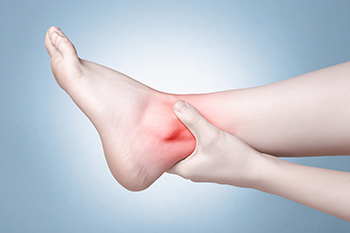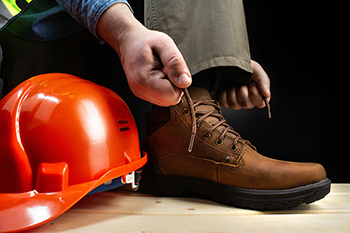
In the construction industry, wearing the right shoes is not just a matter of comfort. It is an important safety consideration that can make a significant difference in preventing injuries and ensuring productivity. Construction workers are exposed to various hazards on the job, including heavy objects, sharp materials, slippery surfaces, and electrical equipment, all of which pose risks to foot safety. Wearing sturdy, supportive footwear with reinforced toe caps and slip-resistant soles can provide essential protection against these dangers. Additionally, wearing proper footwear can help prevent common foot ailments such as plantar fasciitis, foot fatigue, and musculoskeletal injuries, allowing workers to stay comfortable and focused throughout the workday. Investing in high-quality work boots that meet safety standards and fit well is essential for every construction worker, as it not only promotes personal well-being but also enhances overall job performance and efficiency. By prioritizing the importance of wearing the right shoes, construction workers can mitigate risks and reduce accidents. Suffering from a foot injury during the workday may happen as a result of wearing the wrong type of shoes. If this has happened to you, it is suggested that you consult a podiatrist who can treat foot conditions and guide you on choosing the right work shoes.
While working on the feet, it is important to take the proper care of them. For more information about working on your feet, contact one of our podiatrists from Illinois . Our doctors will treat your foot and ankle needs.
Working on Your Feet
Standing on your feet for long periods of time can cause stress and pain in your feet. Your whole body may experience change in terms of posture, back pain, bunions, callouses and or plantar warts. There are ways to avoid these conditions with proper foot care, smart choices and correct posture.
Positive Changes
Negative heeled shoe – Choosing this shoe type places the heel slightly lower than the ball of the foot. These are great for overall foot health. Find shoes that fit you correctly.
Go barefoot – Our feet were not designed to be enclosed for all hours of the day. Try to periodically expose your feet to air.
Eliminate Pain
Foot Exercises – Performing simple exercises, incorporating yoga and doing stretches are beneficial. This will allow increased blood flow to the area and muscles of the foot.
Achilles tendon – Stretching the foot out flat on the floor will relax the calf muscles and tendon. These exercises can be performed almost anywhere. Make sure you add these exercises to your daily regimen.
With a little bit of this information and knowing more about foot health, you will notice changes. Foot stretches and proper footwear will help with pain and prevent further issues.
If you have any questions please feel free to contact our offices located in Wheeling and Berwyn, IL . We offer the newest diagnostic and treatment technologies for all your foot and ankle needs.
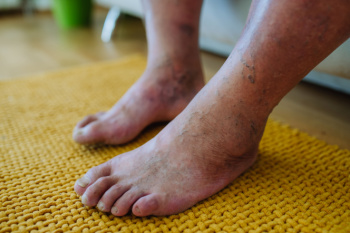

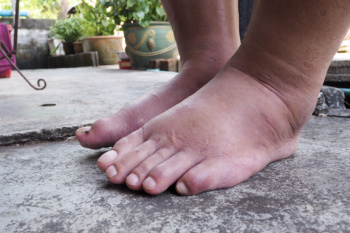
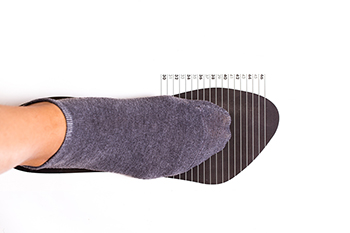


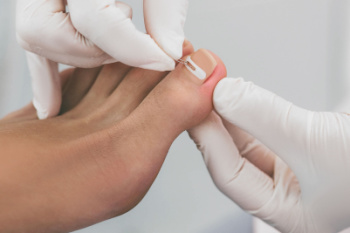 Ingrown toenails
Ingrown toenails Ankle sprains
Ankle sprains